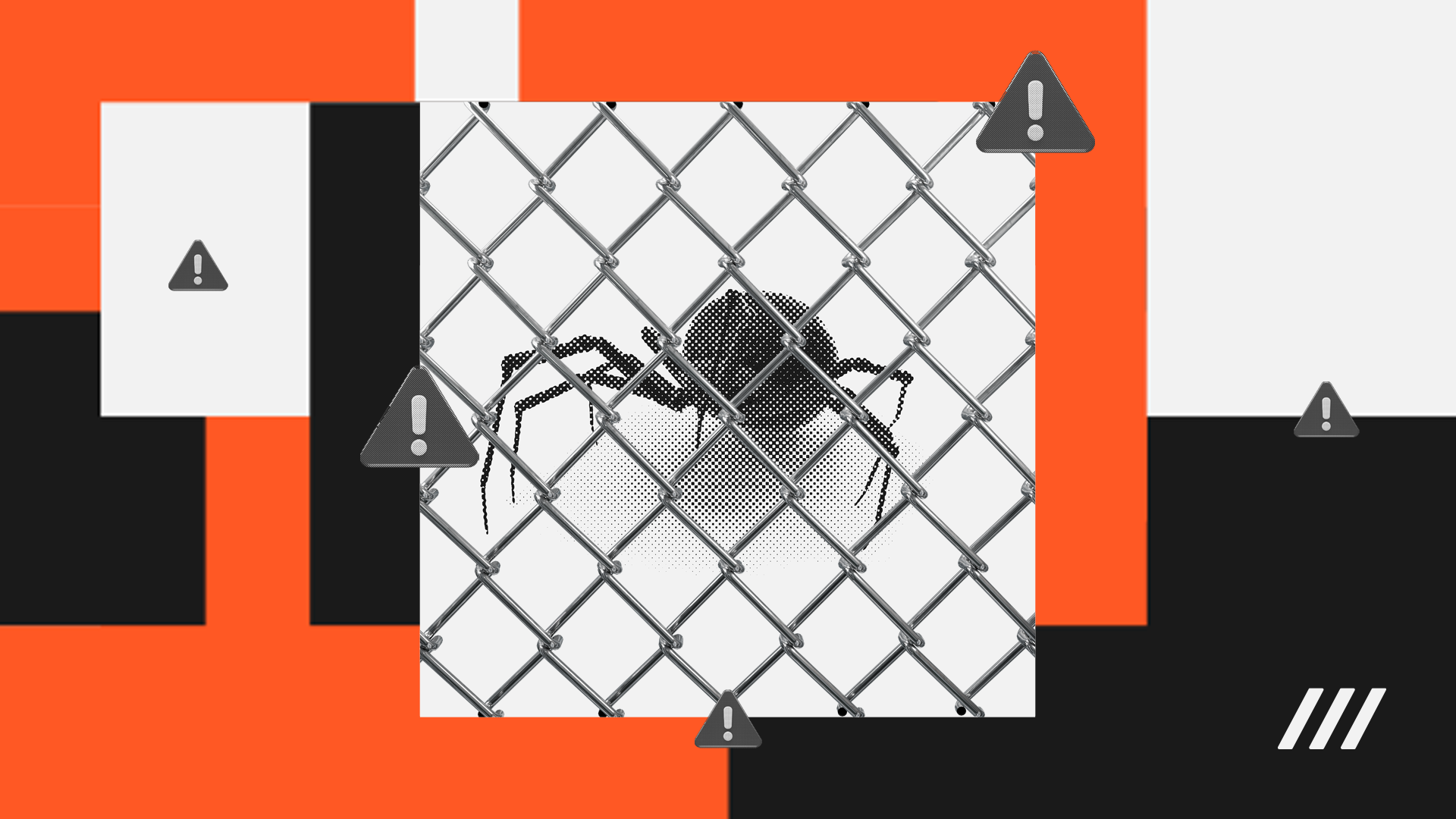
Ransomware remains one of the most significant and concerning digital threats facing organizations today. The 2021 annual report by the United Kingdom’s National Cyber Security Centre (NCSC) highlighted ransomware as the most significant digital threat to the country, emphasizing the potential damage from service disruptions, particularly to essential services like electricity, water, and infrastructure. The impacts of a ransomware attack are often dramatic, resulting in prolonged service outages, business disruptions, and extortion attempts involving substantial sums of money.
For managed security service providers (MSSPs) and other security companies managing multiple clients, understanding and implementing effective ransomware solutions is crucial. Not only do you need to protect your own infrastructure, but you also must ensure that your clients are safeguarded against this pervasive threat. This blog post will highlight key solutions that MSSPs can implement to enhance their clients' security posture against ransomware.
Key Solutions to Combat Ransomware
- Regular Backups
Encourage clients to maintain regular, secure backups of their critical data. MSSPs can offer managed backup services, ensuring that backups are performed consistently and stored in a secure, isolated environment. Regular testing of these backups should be part of the service to confirm their integrity and availability during an attack. - Employee Training and Awareness
Human error is a significant factor in many ransomware attacks. MSSPs can offer security awareness training programs for their clients, educating employees about the risks of phishing emails, suspicious links, and unsafe downloads. Regular training sessions and simulated phishing exercises can significantly reduce the likelihood of a successful ransomware attack. - Advanced Endpoint Protection
Deploy robust endpoint protection solutions for your clients, including antivirus software, anti-malware tools, and advanced threat detection capabilities. Ensure that all endpoints, such as mobile devices and laptops, are protected and regularly updated with the latest security patches. MSSPs can manage these updates and monitor endpoint security to maintain a high level of protection. - Network Segmentation
Implementing network segmentation for clients can limit the spread of ransomware within their organizations. By dividing their network into smaller, isolated segments, you can contain an infection to a single segment, preventing it from affecting critical systems and data. MSSPs can design and manage these segmented networks, providing ongoing monitoring and adjustments as needed. - Email Filtering and Web Security
Since email is a common vector for ransomware attacks, MSSPs should offer advanced email filtering solutions that block phishing emails and malicious attachments before they reach clients' inboxes. Additionally, web security solutions can prevent access to malicious websites hosting ransomware payloads, enhancing overall security. - Incident Response Plan
Having a well-defined incident response plan is crucial for quickly addressing ransomware attacks. MSSPs should develop and implement incident response plans for their clients, outlining the steps to be taken in an attack, including isolating affected systems, notifying relevant stakeholders, and engaging with cybersecurity experts. A swift and coordinated response can minimize the attack’s impact and expedite recovery efforts. - Regular Security Audits
Conducting regular security audits and vulnerability assessments for clients helps identify and remediate potential weaknesses in their systems. MSSPs can offer these services, ensuring proactive management of vulnerabilities and reducing the likelihood of ransomware exploiting them to gain access to their networks.
How MSSPs Can Implement These Solutions
To combat the ransomware challenge effectively, MSSPs can leverage Axur's comprehensive cybersecurity solutions. Axur offers advanced threat intelligence services that help identify and neutralize potential threats before they impact your clients. Additionally, Axur's Polaris solution provides cutting-edge capabilities in monitoring and analyzing digital risks, enabling proactive defense strategies against ransomware attacks. By integrating Axur's services into your security offerings, you can enhance your clients' protection and resilience against the ever-evolving ransomware threat.
By adopting a multi-layered approach to security and fostering a culture of vigilance, MSSPs can enhance their clients' resilience against ransomware and safeguard their critical assets.
Interested in learning more? Schedule a guided demo of the Axur platform and talk to our experts to equip your organization and your clients with the knowledge and tools to combat ransomware effectively.

Experts in creating relevant external cybersecurity content to make the internet a safer place.















